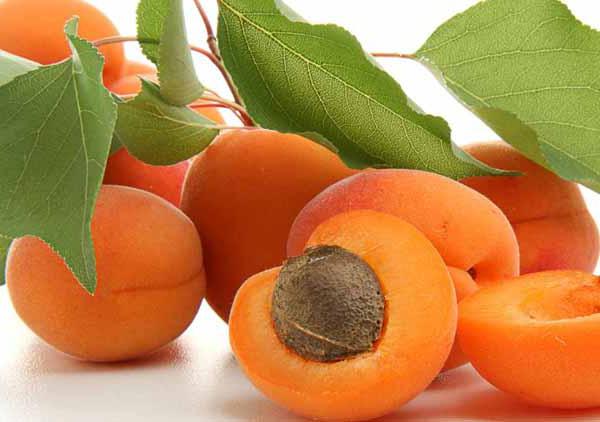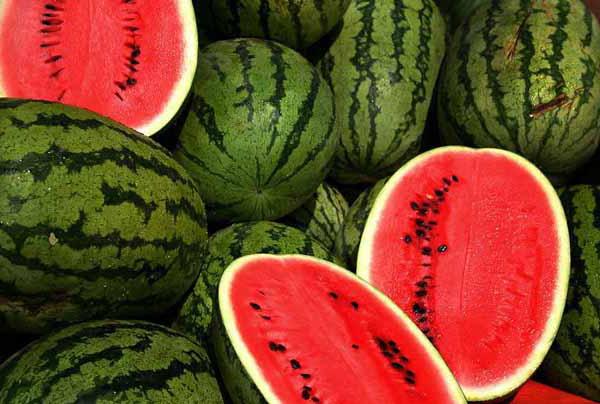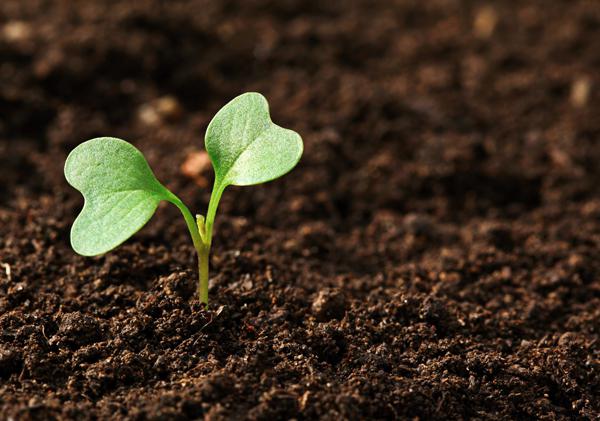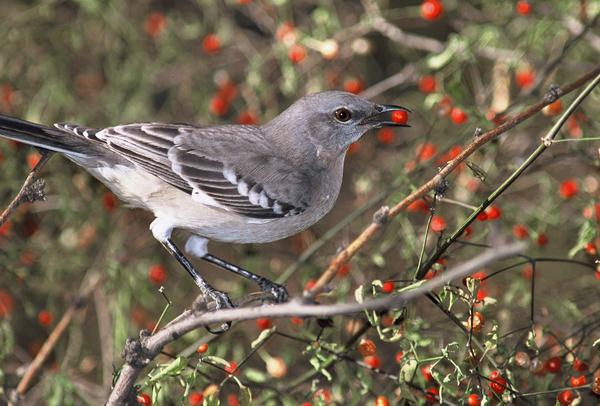How seeds are dispersed by the wind. Methods of distribution of fruits and seeds
Seeds are quite rare, but germinate directly in the plant. For example, cutting a ripe pumpkin, we can observe already germinated seeds in it. However, they mostly do not germinate where they ripen, but in a completely different place. What are they - ways of distributing fruits and seeds of plants? How does it happen and why? Let's find out!
What is a fruit
Before we consider in detail the methods of dispersal of fruits and seeds, it is necessary to study these very concepts. Indeed, without elementary knowledge, it will be difficult for us to understand the whole process and mechanism of the “journey” of seeds and fruits around the world. So, let's begin. It's no secret that a pear, plum, apple, strawberry, cherry are the fruits of fruit plants and trees that contain seeds. It is believed that they develop from ovaries and other parts of plants, but not all botanists agree with this.
Some of them are sure that only those that are formed exclusively on the ovaries, for example, in cherries, plums, tomatoes, poppies, etc., can be called real fruits. Fruits that develop from other parts of flowers and plants are commonly called false. For example, strawberries are generally formed by an overgrown receptacle. What kind of ovary can we talk about here! As a result, scientists decided to consider the fruits as the result of a modification of the entire flower. At the same time, if at the beginning of their “life journey” they can still somehow retain some signs of a flower, then after ripening they completely lose or greatly modify them.
How are the fruits of plants
Outside, each fruit is surrounded by the so-called pericarp, which protects the seeds ripening inside from damage and drying out. In turn, the pericarp is divided into juicy and dry. For example, the pulp of a ripe watermelon, melon or peach can be called a juicy pericarp. The immature pericarp is astringent, bitter, sour, tasteless. During this period, he protects the fruit itself from untimely eating, and its still immature seeds from early spoilage.
Fruit types
To understand how the seeds and fruits of certain plants and trees are distributed, you need to know that the juicy fruits of botany include:
- multi-seeded (pumpkin, berry, apple, pomegranate);
- single-seeded (peach, apricot, mango, cherry, bird cherry, prunes).
As the name of the fruit implies, in one-seed there is one bone. They are also called bones. However, there is an exception here too: for example, a blackberry is a polydrupe, but it is a one-seeded fruit.

The methods of distribution of fruits and seeds directly depend on their size, weight and shape. As mentioned above, the fruits are juicy and dry. Dry, in turn, are divided into opening and non-opening. For example, the pericarp of ripe beans, pods, and poppy pods open (burst) after their ripening. But here, for example, the hazel pericarp is very hard and stiff. He won't open up on his own. It has one single seed, which we know very well: a nut.
Another type of fruit is a box. It usually has 3 to 5 seed nests. When these seeds ripen, their "house" begins to burst. For example, boxes of St. John's wort or tobacco give cracks along their partitions, after which they break up into separate parts. At the same time, in the "houses" of lilies, hyacinths, tulips and cotton plants, only the walls are cracking, and in poplar and willow, the boxes are generally bursting at the seams. The most famous box is the pod, which, during ripening, crackly splits into two wings.
Is a berry considered a fruit?
Yes. This is a kind of fruit, which has many seeds in its composition, but does not have seeds. If the berry is ripe, then it has a juicy and fleshy pericarp (grapes, strawberries, lingonberries, cranberries, blueberries). That is why, from the point of view of botanists, cherries are not berries, but tomatoes are! This also includes citrus fruits, which are also berries:
- tangerines;
- oranges;
- lemons;
- oranges;
- grapefruits.
The fact is that the nests with seeds located inside the above-mentioned fruits are filled with fragrant exotic juice. Berries can also be called fruits:
- melons;
- watermelons;
- cucumbers.
This, of course, cuts the ear for a simple layman, but professional botanists have long gotten used to the idea that, formally, watermelon and cucumber are not only berries, but also relatives.

What does a seed look like from the inside?
The distribution of fruits and seeds (Grade 2, familiarization of students in biology lessons with various ways of “traveling” seeds and fruits of various plants) is unthinkable without the participation of man, animals and, of course, water and wind. But in order to understand how such a small seed can "travel" around the world, it is necessary to briefly familiarize yourself with its structure. So, any seed is covered with a peel. On smooth seeds, a scar is visible, which forms in those places where it separates from the seed stalk.
If you look closely, then next to such a scar you can see a micropolar hole, referred to in the scientific community as a micropyle. Somewhere nearby there is also the tip of the root. It is he who, when the seed germinates, is the very first to appear outside. A dense peel protects the seed from various damages and at the same time allows moisture to pass through without interfering with the germination of the embryo - the main part of all seeds. It is formed only after fertilization of the egg and usually consists of a stalk, root and kidney.

How plant seeds are distributed in nature
Well, here we come to the main thing. As mentioned above, germinated seeds rarely give life to new plants, since in the vast majority of cases they do not grow where they ripened. Why is this happening? It's simple: they "travel" to new places through people, animals and Mother Nature herself! If the conditions for a new life are quite suitable, these seeds will begin to germinate, and if not, they will die.
- An excellent way to spread them is cross, due to which new species of representatives of the flora can form. This is the minimum that gives life to new plants. Of course, the methods of dispersal of fruits and seeds of plants are not limited to pollination.
- Fruits and seeds that are unpleasant to humans or even poisonous are very attractive food for birds. At the same time, seeds that have a hard shell are simply not able to be digested in their stomachs. As a result, they, together with bird droppings (guano), are transported over long distances from the place of their original "birth". But the role of birds in the spread of new plant life is not limited to this!
- Many birds, arranging for themselves stocks for the winter, drag the seeds and fruits of various plants to their nests. Some of them are simply lost during the flights of birds, falling to new places. For example, they constantly stock up on acorns, some of which are lost and germinate over time.
- Another assistant in the germination of seeds and fruits is ants. These small but useful in nature creatures carry seeds of various plants to their nests, especially those rich in essential oils (cornflower, celandine, lungwort, sour, violet). Like birds, ants lose the lion's share of the collected seeds along the way. By the way, it is grass seeds that are mostly available to these little rogues.

How else do the fruits and seeds of plants "travel"
They are mainly spread by the wind. At the same time, the seeds scatter much better than the already formed fruits. But more on that later. As you know, in nature there are so-called "live" fruits that independently cling to the hair of animals that accidentally run past, and also stick to human clothes. For example, these are the fruits of burdock, succession, cocklebur and burdock.
Here, botanists especially note pisonia - a shrub or tree that grows on the Pacific islands. The fruit of this is enclosed in a special cup, seated with rows of various sticky hairs. It is they that allow the fruits of pisonia to easily stick to any animal or object. Often in nature you can see reptiles and small birds, completely covered with such fruits. Unfortunately, in this case, the animals cannot fully move and die.

"Journey" through the air
You know that fruits and seeds can spread with the help of the wind, i.e. by air? For example, this happens in the high-mountain steppes, in savannas and deserts, where strong winds constantly walk. In this case, the seeds simply scatter in different directions and over great distances. Especially good for seeds that have a flat shape and small size (bellflower, hops, heather, broomrape, eucalyptus).
Winged seeds and fruits
It will be interesting to find out how seeds with so-called wings spread with the help of the wind. They appeared in those plants that grow exclusively in open areas. These "wings" are specific hairs that completely cover the seeds (for example, anemone). In poplars and willows, the seeds are generally equipped with tufts consisting of the finest hairs.
In hazel, hornbeam, alder and birch, the fruits are small nuts equipped with wings. On one wing fruits of ash-trees and maples have. By the way, that's why they spin when they fall. Seeds and fruits of swollen sedge, bladderwort, astragalus are spread with the help of wind. It is curious that in these plants they travel in balloons, which are formed with the help of air sacs that cover them.
Tumbleweed
Probably everyone at least once heard about such a bizarre plant. Its scientific name is kachim panicled. In autumn, it tends to completely break away from its root. Loose and spherical bushes of this plant with ripened fruits are spread by wind. The seeds of panicled kachima are hidden in boxes, the teeth of which have a curved inward shape. This allows the seeds to spill out only during fairly strong gusts of wind that carry them over long distances.

"Journey" on the water
The fruits and seeds of plants are not always distributed with the help of wind. Seeds often "travel" along streams and rivers, carried by sea currents and rain. For example, a coconut can stay afloat on the high seas for years without losing its germination potential. Often, a whole piece of land can break off from the coast with palm trees and shrubs growing on it, as well as with animals living there. Such islands begin to drift, spreading the seeds of their trees for thousands of kilometers.







